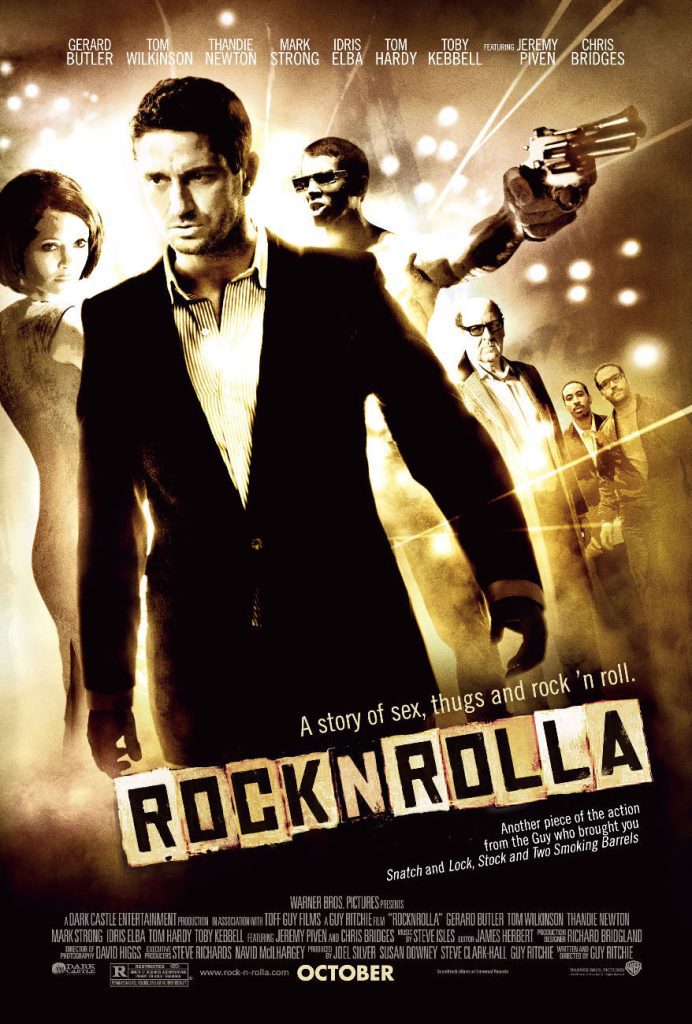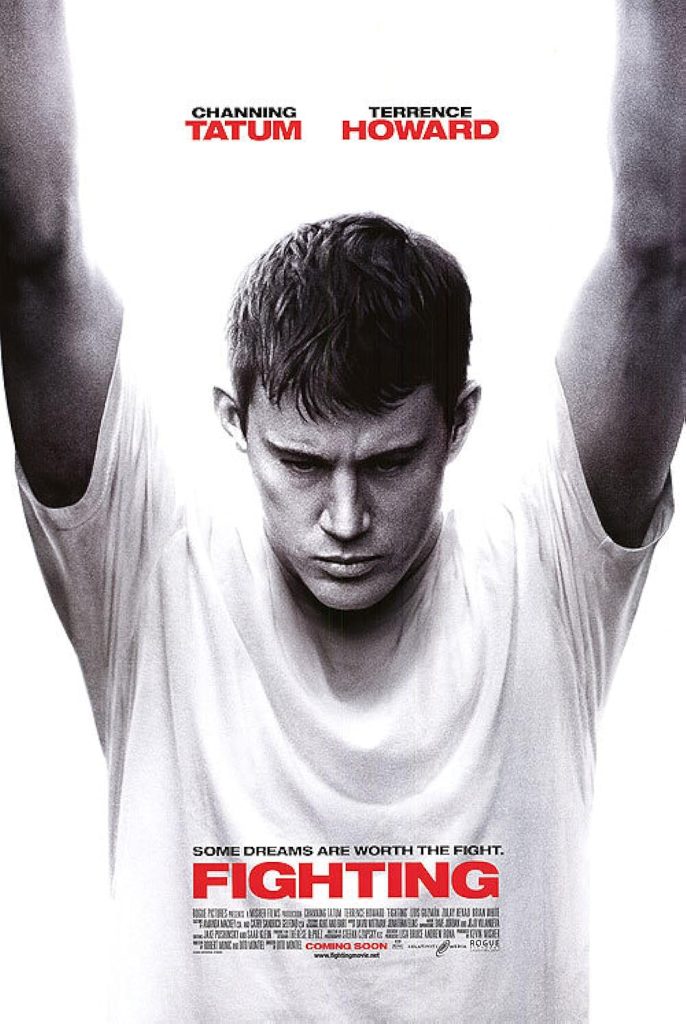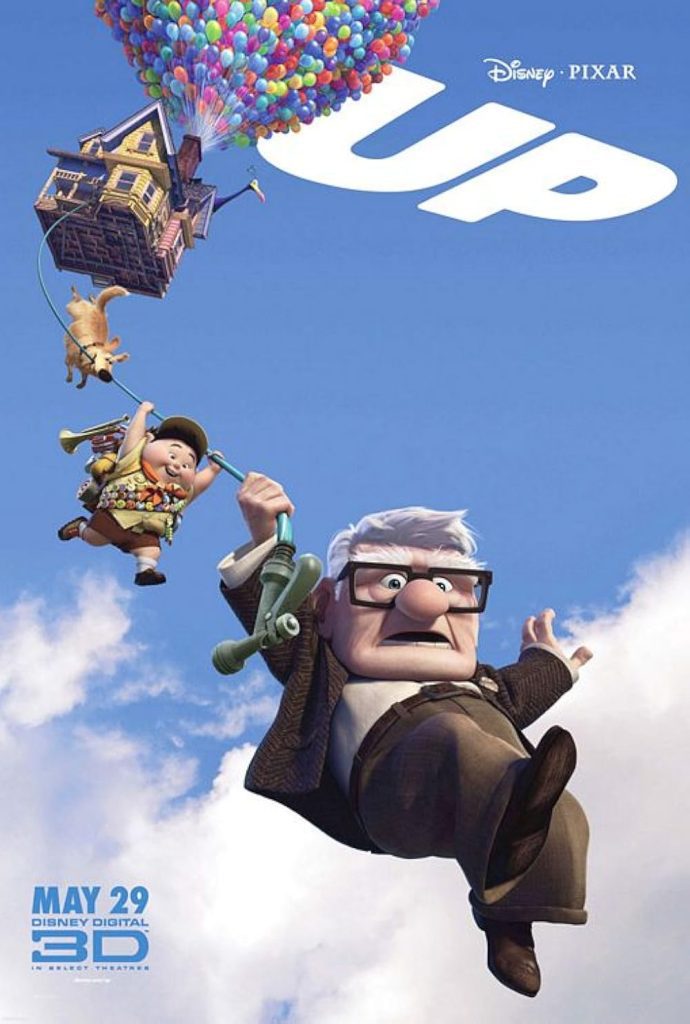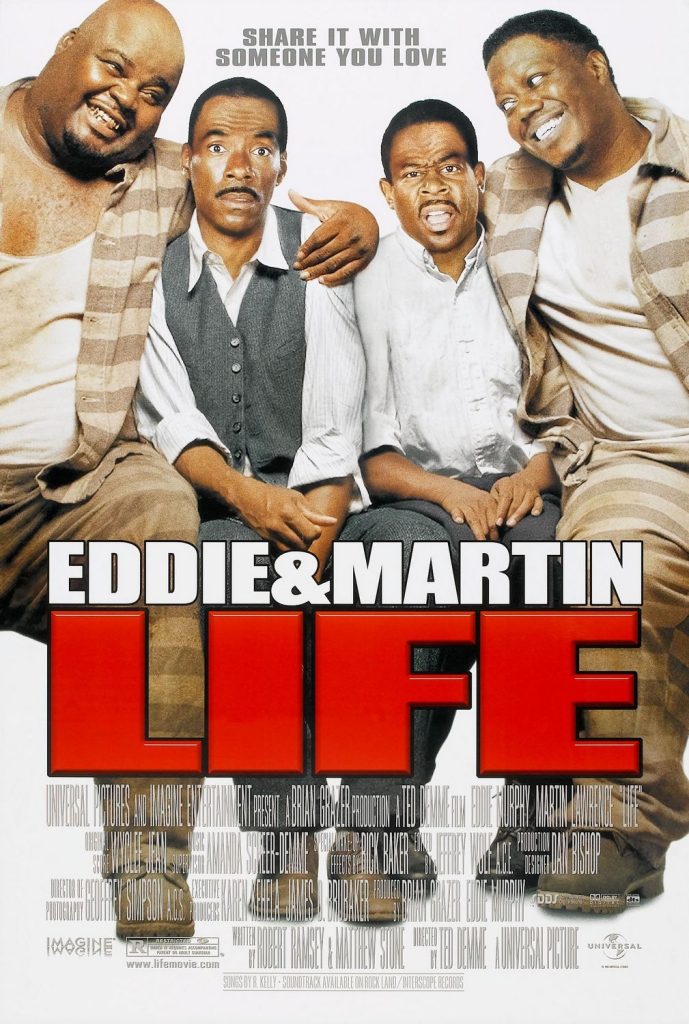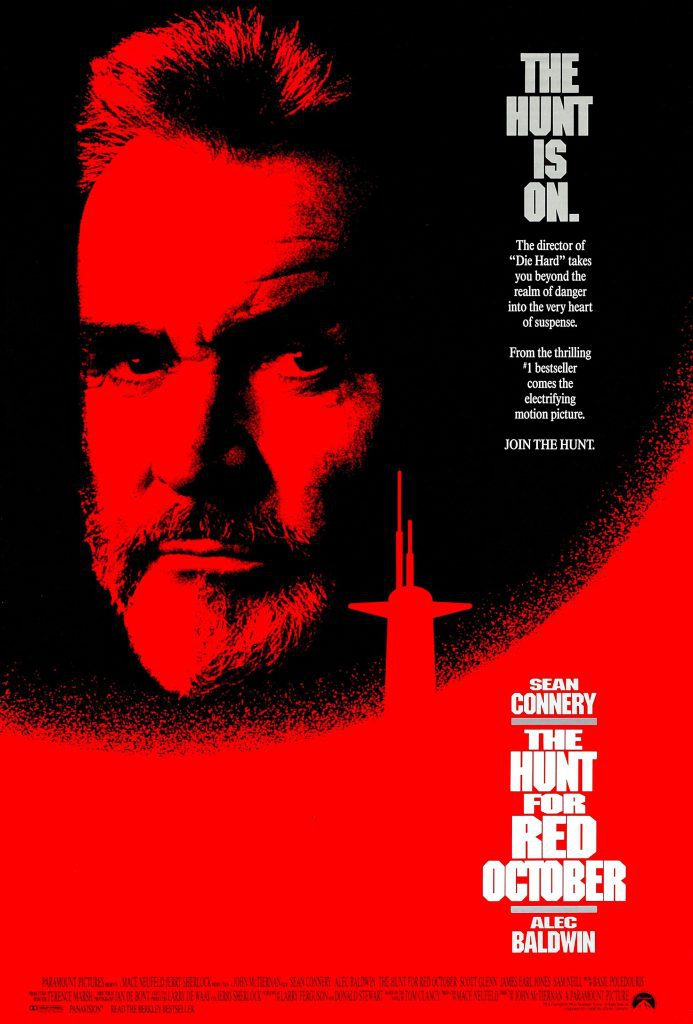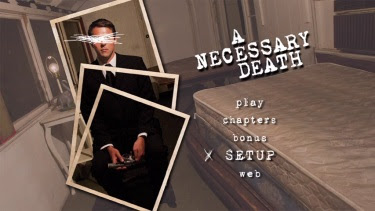
There’s no sugar coating it, A Necessary Death is a disturbing film. Not disturbing in a “don’t ever watch this movie” kind of way. In fact, I would say just the opposite; watch this movie. It is well-written and the performances from relative unknown actors are wonderful. The film takes on the issue of suicide in a way that may leave you reeling, but that’s okay; there’s nothing wrong with being shaken up a little by a story that pushes us out of that comfort zone we all dwell in.
For his final thesis, UCLA Film student Gilbert Toma (G.J. Echternkamp, Hard Candy) wants to shoot a documentary on suicide. Sounds like a plan, but Gilbert doesn’t want to do just any old suicide documentary. Oh no, Gil wants to film the lucky stiff actually partaking of the act (yeah, sounds like a bad idea to me too). When the school understandably balks at the idea, Gilbert goes ahead anyway wanting to “make art” out of a subject he believes people shouldn’t be so hung up on. When Matt Stephenson (Matthew Tilley), an English expatriate with an inoperable brain tumor answers Gilbert’s ad (yes, he actually placed an ad), Gilbert believes he has everything he needs for a winning documentary.
There aren’t many movies that get in my head, lay down roots, and stay there for days after I’ve watched them, but A Necessary Death did just that. Shot in the style of a faux documentary, it chronicles the dangerous path taken by an unstable man and an ego driven filmmaker out to prove the naysayers wrong.
If you knew someone was going to kill themselves, are you morally obligated to try and prevent it? I would say yes, but that’s just me. They may still jump off the bridge, but at least you didn’t stand back on your lofty perch pronouncing it’s their right to do so. A Necessary Death is a portrait of complete and utter selfishness on the part of both a film crew and the narcissistic man who volunteers for this foolish documentary.
Writer/Director Daniel Stamm (The Last Exorcism) delivers a brilliant film that explores what we might do when stigmas are removed from things rightfully stigmatized. Gilbert’s almost callous disregard towards suicide goes back to his grandfather’s decision to kill himself. Gilbert is obviously deeply affected by this, but doesn’t want to admit to it and copes with the death by rationalizing that suicide is a “choice,” like deciding what to have for dinner or choosing an outfit to wear. Whether or not Gilbert realizes it, his assignment trivializes life and exploits a man so desperate for attention that he volunteers to have his suicide documented for posterity.
Tilley is fantastic as the lonely and mentally unstable Matt, who quickly attaches himself to Gilbert, calling the film student his “best friend” after knowing him for only one short month. As Gilbert and crew document Matt’s life, they find he has a tendency to exaggerate things. This first comes to their attention when Matt introduces Gilbert to Richard, whom Matt also describes as his “best friend” (hmm…another one huh)? But as Gilbert interviews Richard, he finds the man knows little to nothing about Matt and only sees him on those occasions when they play poker with other friends. Gilbert wants to find out from the people who know Matt best what he’s really like, but Matt has no friends and can only muster an acquaintance to vouch for him. The two people that know him the best are a sister and a mother he rarely talks to. Note to Gilbert: Friendless loner who avoids his family, cease and desist this documentary post haste!
Gilbert’s two crew members, Valerie (Valerie Hurt) the sound mixer and Michael (Michael Traynor) the cinematographer, are concerned about Gilbert’s idea for the documentary. They see a disconnect with the gravity of the situation and the nonchalant attitude Matt displays as he plans the details up to and after his death. Both worry the film could actually be pushing Matt into going through with a decision that before he was only contemplating. Their fears seem to come to fruition, when Matt if he would go through with it if there was no documentary. He says he was 50/50 with regards to killing himself, but when he saw ad it was as if God was encouraging him to go ahead with it. This of course concerns the crew, and even Gilbert, who wants the decision to be Matt’s and Matt’s alone. However Gilbert convinces Michael, Val, and even himself that Matt has made the decision on his own and they continue with the project.
As Valerie continues to get to know Matt, she befriends the troubled man and convinces him that he does indeed want to live. With this wrench thrown into his grand masterpiece, Gilbert desperately tries to get things back on track. However, in his tunnel vision he doesn’t even contemplate that Matt might have second thoughts and refuses to take joy in Matt’s decision to live.
Stamm shows that the motives of each of these characters are suspect. No one is completely altruistic in what they’re doing. Even Valerie’s motives in befriending Matt are done to placate her guilt more than it is to help him. She misleads a desperate and dying man who has a crush on her, adding fuel to the fire that is simmering underneath. Michael simply sees it as a project and, even with his concerns, believes Matt is competent enough to make his own life choice. Gilbert is already getting noticed by a television station wanting to air the documentary once it’s complete; validating his decision to defy the school and go ahead with the project. Matt’s motives are the most troublesome of all, because he’s trading his life for a few months of friendship from a group of strangers who wouldn’t give him the time of day had he not chosen to do this film. His hold on reality is tenuous and, as the filming proceeds, they all find out far too late just how unstable Matt truly is.
A Necessary Death is presented in standard definition 1.78:1 anamorphic widescreen. Since it’s done as a faux documentary, Stamm uses film stock that gives it the look and feel of a low budget school project. The Dolby 5.1 Surround mix also emulates the atmosphere of a doc, giving the film an authentic feel. We can hear the ambient background, the scraping of chairs on the floor, the moving around of equipment, and the faint sound of Gilbert’s voice as he interviews his subjects from off camera. Bonus features include commentaries, deleted scenes, and trailers. In a rarity, it also has an alternate ending that would’ve been just as fitting as the dramatic one chosen for the final cut.
A Necessary Death is a voyeuristic faux documentary that will make you feel quite uneasy. I’ve never seen suicide handled in this way before. Stamm’s writing and the incredible competence of the actors make this whole scenario quite believable, especially in a day and age of relentless reality television. While the film doesn’t seem to be advocating that taking your own life is a good idea, the experience is a lesson that life should not be trivialized for the sake of art…or any other reason.
For more movies visit Soap2day.

